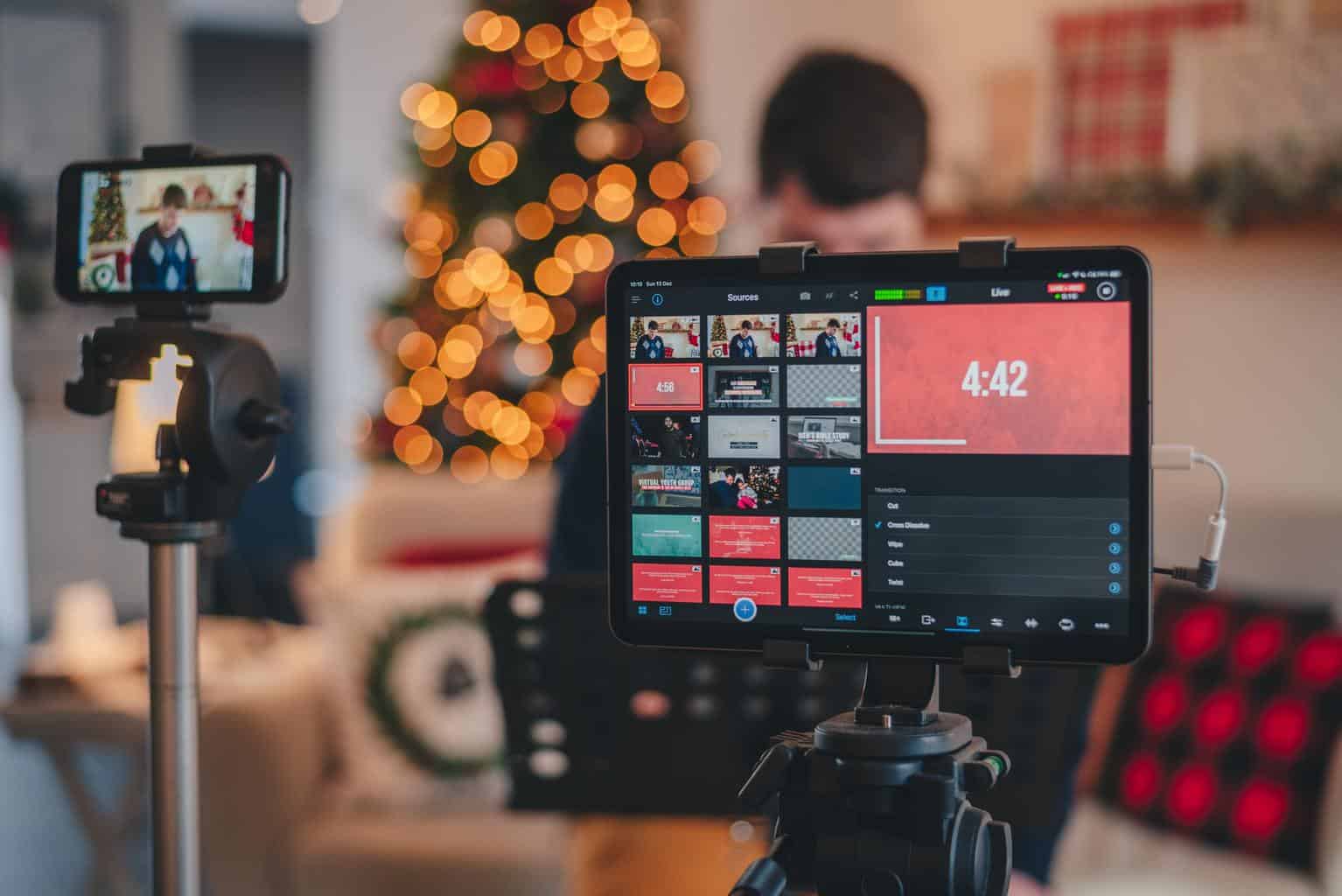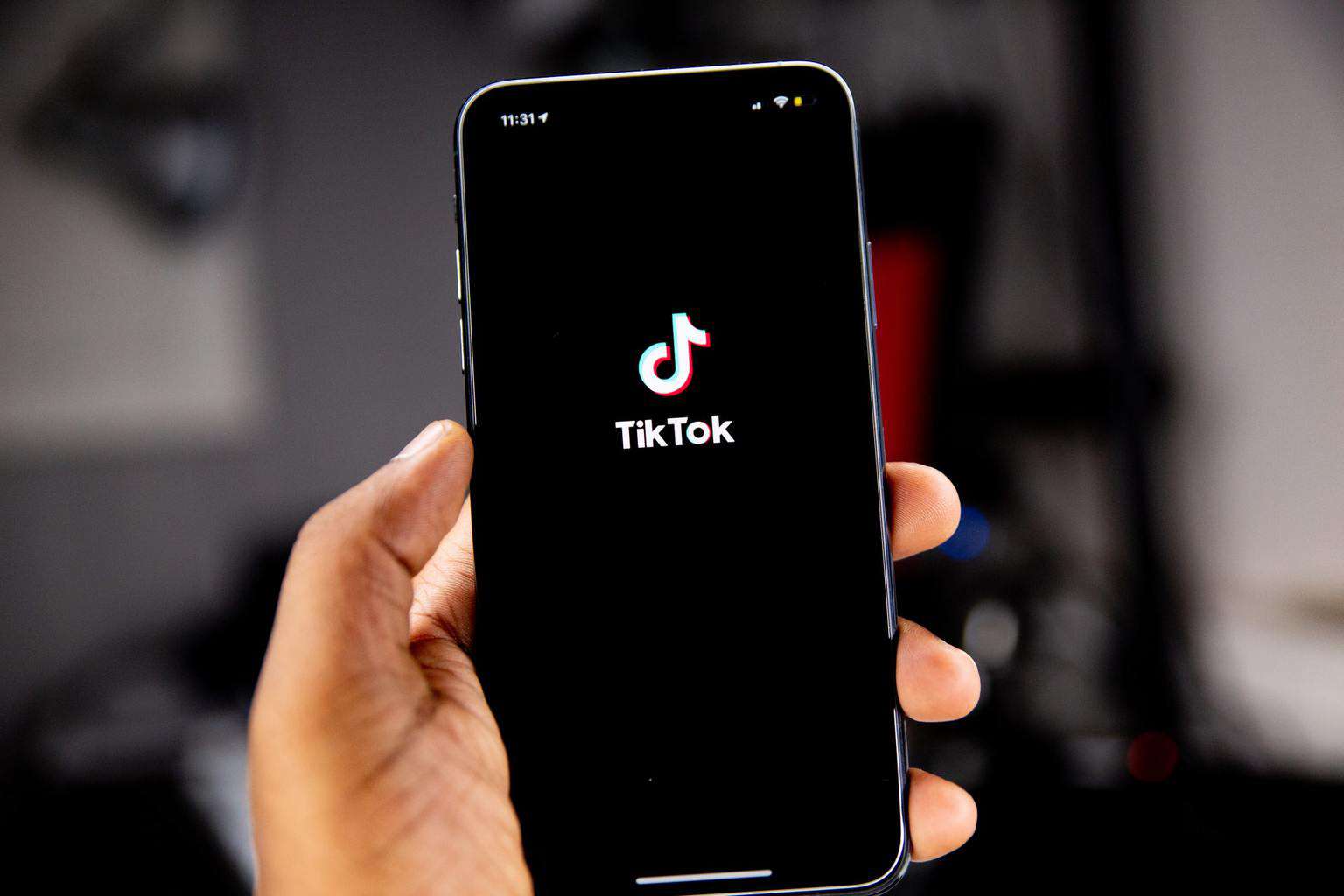
23 Jan Mobile Marketing: Top Ten Trends for 2022
The mobile marketing revolution has been going on for the past few years. Mobile content consumption is regularly increasing. For many users, smartphones have become the primary access source to the Internet. The upcoming digital marketing trends focus on mobile-first. How to increase interest in the brand using opportunities for mobile marketing? Let’s look at predictions and trends for 2022.
It’s no secret that the popularity of mobile devices is growing, and soon demand will only increase. According to a Pew Research Center study, 85% of users have smartphones. The new year has just begun, which means that it is worth thinking about introducing new tools, such as sms automation software.
To succeed in today’s marketplace, marketers need to think about advertising campaigns that specifically target smartphones. The year 2022 should start with the top trends in mobile marketing.
Table of Contents
1. Shoppable Links
 Quarantine during the pandemic has been a real boom for mobile commerce. Many social platforms are incorporating shopping into their content. In anticipation of the Black Friday sale, YouTube launched a real-time shopping experience.
Quarantine during the pandemic has been a real boom for mobile commerce. Many social platforms are incorporating shopping into their content. In anticipation of the Black Friday sale, YouTube launched a real-time shopping experience.
Users could immediately click on links to stores without wasting time searching. In turn, Influencers and brands mutually benefit. The growth of mobile commerce continues to skyrocket. Marketing experts predict that time spent in shopping apps will only increase.
2. Visual Search
Visual search based on artificial intelligence is growing exponentially in popularity, along with voice search. Automation is “taking over” the world, so the transition to this trend is not surprising. Visual search simplifies the process as a whole, making it more user-friendly. The consumer often sees a picture, notices the clothes or other items he likes, takes a shot on his smartphone to buy them later. Any item can be found with a photo taken on a smartphone with a visual search.
The 2022 trend in mobile marketing will increase the ability to search with an image visually. Implementing the technology will be more complicated than voice search. The artificial intelligence-based recognition function already exists, and the trend will continue to improve. It will become possible to recognize every item in the photo and follow the link to buy it. It is the future, which will become real in the next year.
3. Using Mobile Apps to Attract Customers to the Offline Store
A cell phone is much more than just a device. The smartphone serves as a point of contact for customers. It is the hub of all interactions across all platforms.
The importance of collaboration and coordination between the retail, digital, technology, business intelligence, and other departments cannot be overstated. The retail industry needs to use mobile to increase digital revenue and support the broader retail experience.
4. Real-Time Engagement Technology
 The adoption and popularity of real-time engagement technology (live streaming and two-way live streaming) has increased dramatically during COVID-19.
The adoption and popularity of real-time engagement technology (live streaming and two-way live streaming) has increased dramatically during COVID-19.
Today, it is an effective channel that many have integrated into their lives to interact with both e-commerce and service brands. Real-time interaction is notable for its user-friendliness. Users are receptive to this format with great interest and can easily engage.
5. Bump Offers
The option of Bump Offers (pop-ups on sites with offers, like pop-ups) is directly related to SMS marketing platforms. Many brands are shifting from engaging with customers via email to text messaging. In mobile marketing, the trend will increase in the direct-to-consumer marketplace and beyond because it is effective and hyper-relevant.
When an order is placed, the customer receives additional offers related to the product purchased. This feature increases the number of orders, consequently sales increase. A prompt is a great way to get extra benefits when placing an order. However, “price sensitivity” should be observed. Other offers should be close in price to the main product in the cart, to the amount the client is ready to spend.
6. TikTok Presence
 The TikTok platform will continue to dominate in 2022. Not only is it one of the fastest-growing and most downloadable apps, but it’s also one of the most popular platforms when it comes to consumer spending. Brands looking to engage consumers through mobile will need to focus on TikTok.
The TikTok platform will continue to dominate in 2022. Not only is it one of the fastest-growing and most downloadable apps, but it’s also one of the most popular platforms when it comes to consumer spending. Brands looking to engage consumers through mobile will need to focus on TikTok.
7. Native Advertising
Native advertising is one mobile marketing trend that will become dominant as early as the first half of 2022. It is sponsored content where advertisers can place ads without disrupting user interaction. Native advertising integrates ads into the content of an app, website, or some other digital platform on which the ad is placed.
Instead of pop-ups, ads blend seamlessly into regular content. Native advertising is already actively used by different educational resources, such as essay database samples, travel corporations with air tickets or hotel reservations, and various financial institutions.
8. Social Commerce
Social commerce is actively evolving. As we wrote earlier, the sphere is predicted to overtake e-commerce in popularity soon. Channels of social networks now offer various functions for making purchases on platforms. Advertisers can use them for their benefit.
Social commerce as a digital reality opens up many opportunities for companies to reach out to potential new and loyal customers. Social media plays a crucial role in marketing. Social media platforms allow companies to find new employees, attract new customers and increase sales.
9. More Video Content
Due to the high competition, creative content that targets the target group is required. In 2022, the focus will be on highly engaging formats – video. Companies will find unique ways to integrate live online streaming or video with instant shopping experiences that are easy to use with smartphones. Video is the essence of content marketing and social media marketing.
Commercials and video reviews help companies reach customers personalized, targeted, and understandable ways. It’s possible to simplify complex content and convey it with an explanatory video. That said, don’t forget that video commerce is one piece of information in a product feed. Product descriptions with dimensions, weight, material, and product images are still prominent. Videos collect pictures and data and user context and product stories.
10. AR and VR Technologies
 Experiences with augmented reality (AR) and virtual reality (VR) will increase. The rebranding of Facebook to Meta, a technology business, is such an example. Facebook executives advocate augmented reality and virtual reality for games and everyday use. Many companies will use the technology in a mobile app to implement it.
Experiences with augmented reality (AR) and virtual reality (VR) will increase. The rebranding of Facebook to Meta, a technology business, is such an example. Facebook executives advocate augmented reality and virtual reality for games and everyday use. Many companies will use the technology in a mobile app to implement it.
The tool will help visualize what a product will look like in person, making the buying process much more manageable. First, you can check out and try the product in real-time. If a home purchase is to be made, many e-commerce apps now allow you to view what it will look like inside the home.
It is an excellent way for consumers to visualize, which is much more convenient and safe. There have already been examples of augmented reality shopping in the past year. Ikea for Place and interior design service Houzz created the app Houzz – Home Design & Remodel, where you can improve and design your own home and find lots of design ideas.
Final Thoughts
The attention of marketers in 2022 will be focused on improving the user experience on smartphones. Increasingly, customers will make purchases through social networks. And to make the final decision on the investment. Will use modern imaging technology.
Shopping in 2022 with a cell phone is easy, affordable, and fast. Brands need to adapt to the innovations and current trends that are rapidly evolving. Adopting technology, including visual search, AR, and VR, is the key to success amidst the highly competitive marketplace.



No Comments